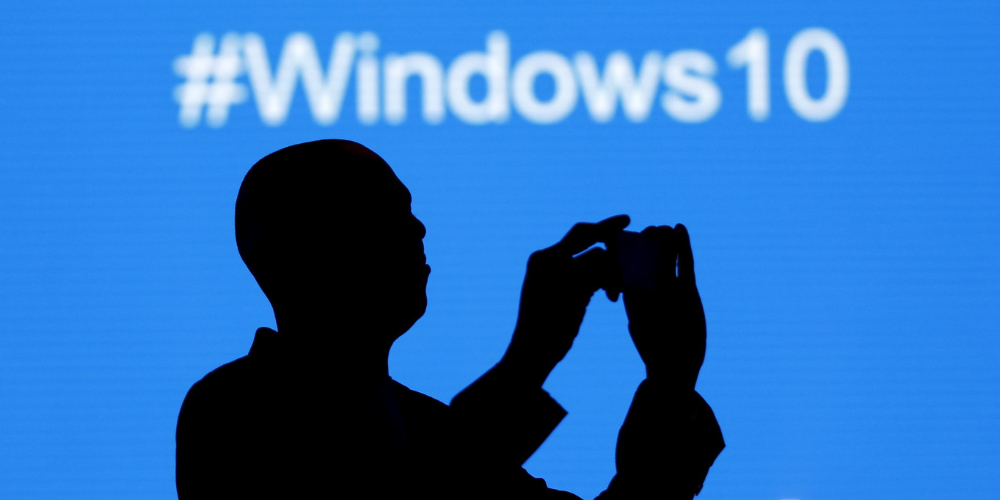Microsoft's Windows 10 Reaches the Finish Line: What's Next for Users?
- 2023-04-27
- 0 Comments

As technology continues to evolve, so does the software we use every day. In an announcement that has been anticipated for quite some time, Microsoft has finally declared the end-of-support date for its widely popular Windows 10 operating system. This marks a significant turning point for both the company and its millions of users worldwide.
Microsoft has confirmed that Windows 10 will no longer receive updates or support after October 14th, 2025. This means that the operating system, which was first introduced in 2015, will have had a 10-year life span, following the company's traditional support cycle for its products. As a result, users will need to migrate to a newer operating system to continue receiving crucial security updates and technical support.
While the end-of-support date may seem far off, it's essential for users to start planning and preparing for the transition. As with any new software release, it's crucial for users to familiarize themselves with the new system and ensure their hardware is compatible.
The announcement of Windows 10's end-of-support date should serve as a reminder for users to stay informed about the latest updates and advancements in technology.
Transitioning to a new operating system can be a daunting task, but with proper planning and preparation, it can be a smooth and seamless process. As we bid farewell to Windows 10 in the coming years, it's essential to keep an eye on the developments surrounding its successor and the future of Windows 11 operating systems.






Leave a comment